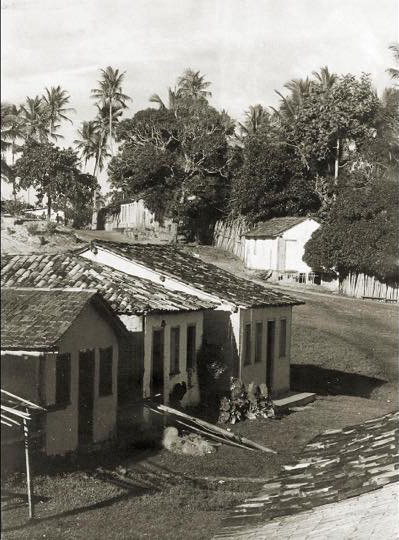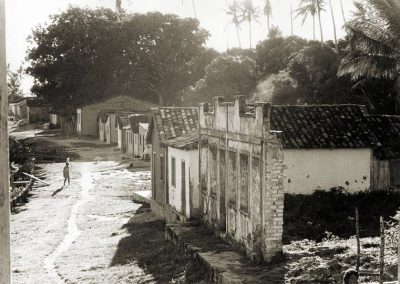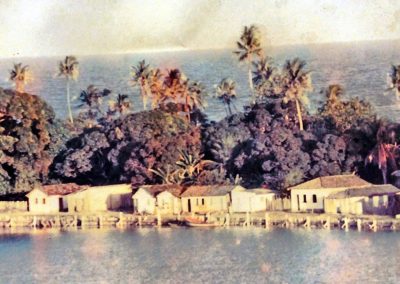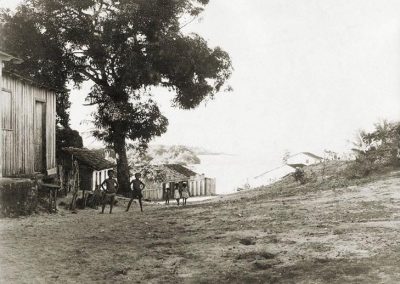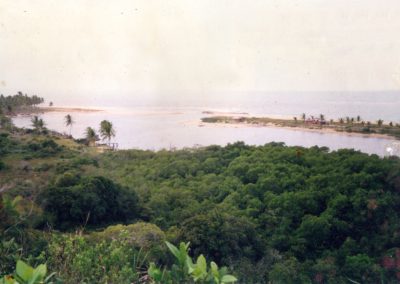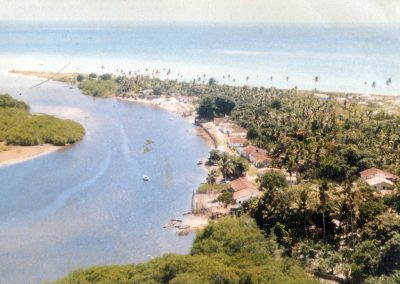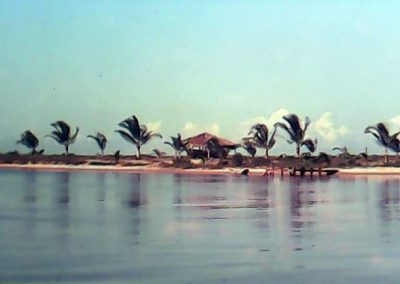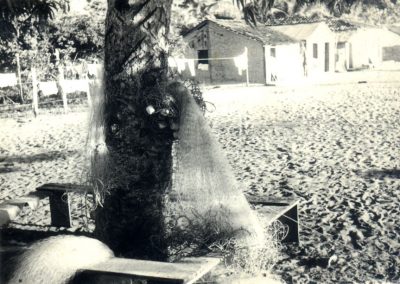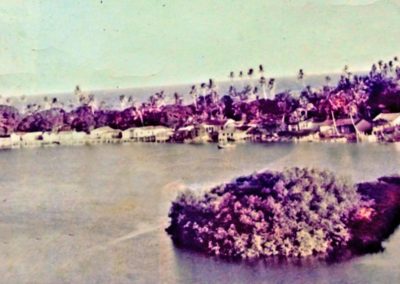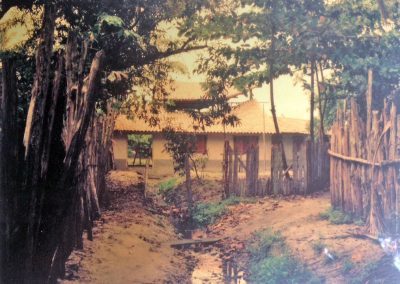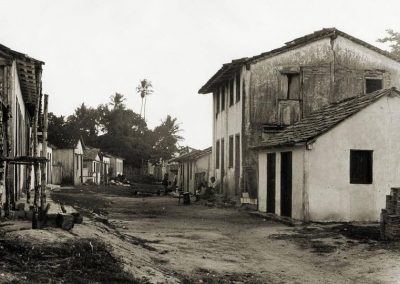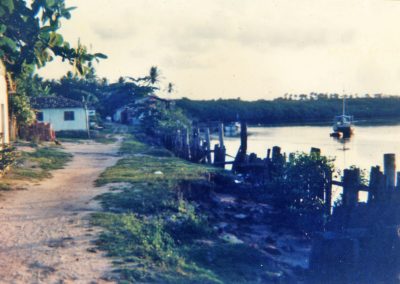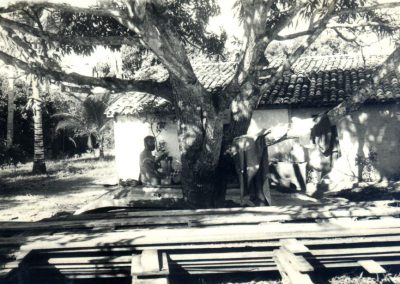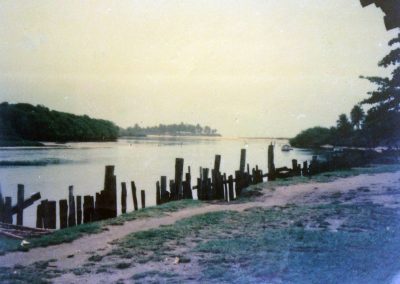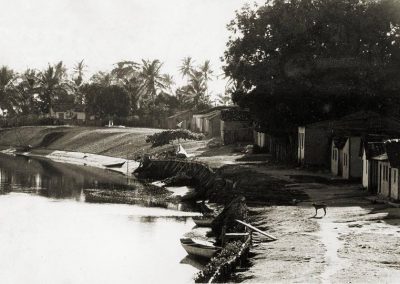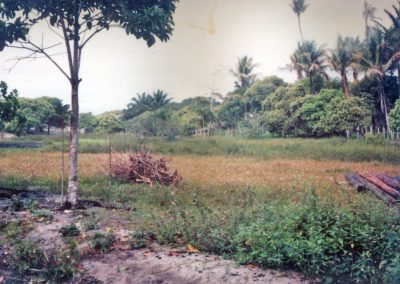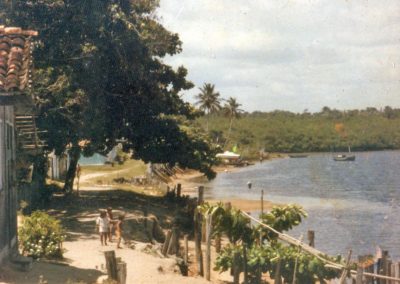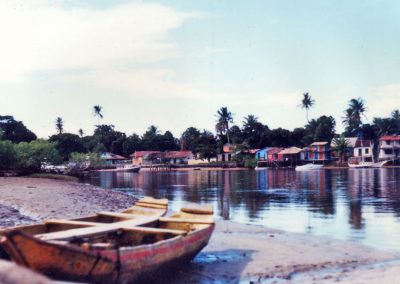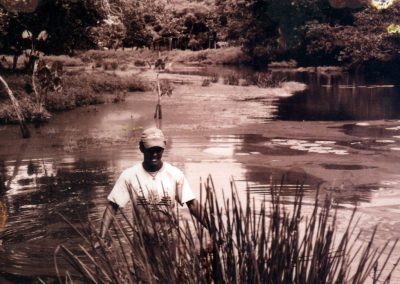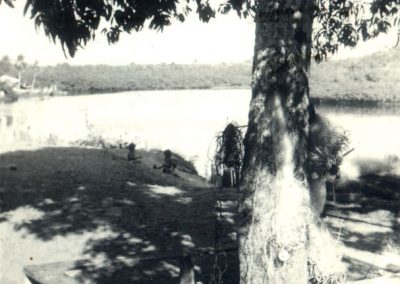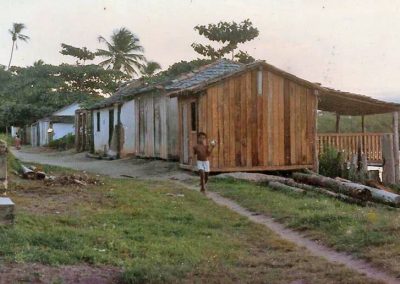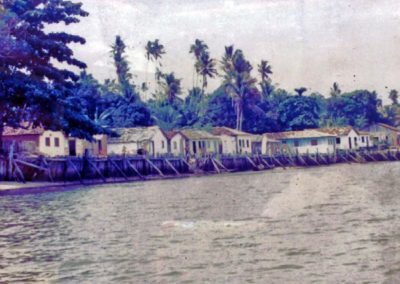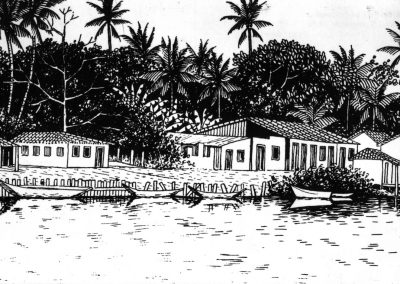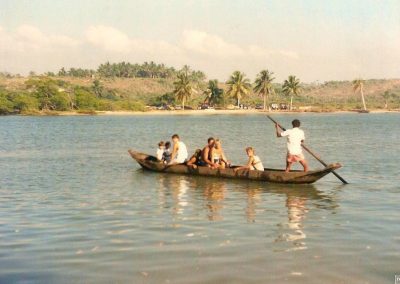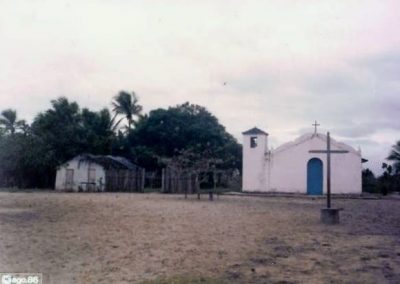Brief history
History
According to documentation from the National Historical and Artistic Patrimony Institute (IPHAN), available at the Discovery Museum (Museu do Descobrimento) in Porto Seguro, Caraiva community is the oldest village in Brazil.
The first Portuguese people arrived here around 1530s, and several indigenous tribes lived in this region that is known as the “Discovery Coast” (“Costa do Descobrimento”).
For many years the community lived of fishing, the fish had to be salted and transported by mules or boats to neighboring towns to be sold.
Until the early twentieth century, they also worked with logging.
The 70’s, the beginning of the adventure
In the 1970s, the village lived exclusively on fishing and it was around this time that adventurous groups began to frequent the place.
The road to the village was very precarious and there were hardly any cars on it.
To get to Caraiva you had to walk along the beach from Trancoso or charter a fishing boat.
With the movement of visitors growing, the village was adapting.
Still in the 70’s the first engines for the boats arrived, which until then were powered by sails.
Ecologically preserved, Caraíva benefits from several environmental and historical protections: Environmental Protection Area – APA Caraíva / Trancoso; Marine Extractive Reserve Zone – Resex; UNESCO World Heritage Site; IPHAN Strict Protection Zone; and surrounding area of Monte Pascoal National and Historical Park.
Electricity
Since 1962, when the Monte Pascoal National Park was demarcated, the village is the northern limit of the Park.
Within the park is the village of the Pataxó tribe that helps taking care the Monte Pascoal National Park. In 2007 electric power arrived in the Caraiva village. With the commitment of the population the village resisted and did not admit the placement of light poles.



